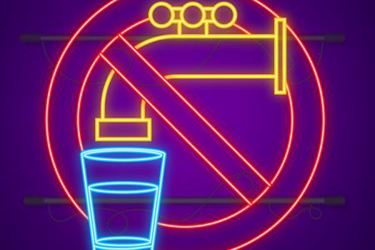EPA Links Erin Brockovich Contaminant To Cancer, Setting Stage For Stricter Limits


A high-profile drinking water contaminant has just received a new review by the country’s foremost environmental regulator, potentially setting the stage for stricter rules in the future.
“Chromium-6, known as the ‘Erin Brockovich’ chemical, is ‘likely to be carcinogenic’ if consumed in drinking water, [a U.S.] EPA draft review of the metal’s toxicity concludes,” according to Bloomberg Law. “The draft review, once finalized, will be the scientific underpinnings of EPA’s assessment of risks associated with exposure to chromium-6.”
The dangers of consuming chromium-6, also known as hexavalent chromium, were first brought to the national spotlight by Erin Brockovich, a California drinking water quality advocate whose work was immortalized in an eponymous Hollywood film. But the notoriety has not brought much change to national drinking water regulations, as even 30 years after her original activism, she is still fighting to see new legislation implemented in California.
But this latest conclusion by the EPA could lead to regulatory changes. The draft review is open for public comment until mid-December, but once finalized, the agency may opt to establish stricter limits on the contaminant.
“The EPA has a drinking water standard of 100 parts per billion, or ppb, for total chromium, which includes all forms of chromium, including chromium-6,” the Environmental Working Group (EWG), which has advocated for stricter hexavalent chromium limits, reported. “EWG would like to see the agency move quickly to set health protective drinking water limits.”
The dangers of hexavalent chromium have been disputed, with chemical industry proponents arguing that the standing rules around the contaminant already ensure safety. And it’s also not clear exactly how any new rules would impact drinking water treatment or wastewater treatment operations, though removing the compound from influent is notoriously tricky.
“Chromium-6 can be difficult to remove from drinking water, but ion-exchange resins and reverse osmosis water filters are effective,” per EWG. “Contamination can occur from the improper disposal of industrial wastes. Chromium-6 is also a naturally occurring metallic element and can enter waste sources through erosion from natural deposits.”
To read more about the rules that govern contaminant levels in tap water, visit Water Online’s Drinking Water Regulations And Legislation Solutions Center.
